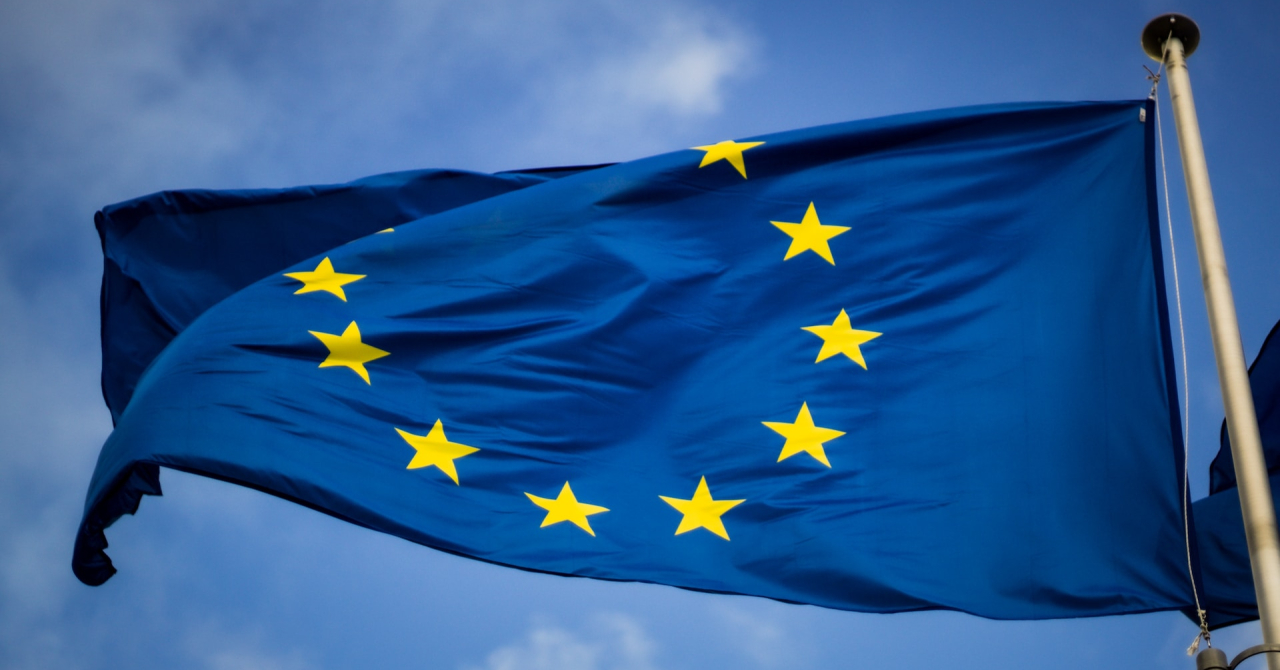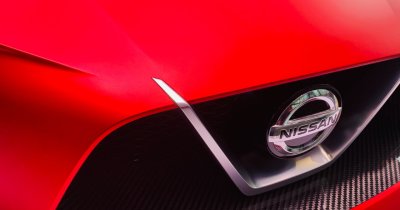ESG Today reports that the energy efficiency directive aims to reduce the energy consumption across the EU by 11.7% before 2030 compared to forecasts for the same year made back in 2020. Thus, member states will have to ensure that end users will use less energy to meet these targets, as well as ensuring that the energy that is consumed comes from renewable power sources as much as possible.
At the same time, with the exception of transport and the armed forces, the public systems will have to reduce their annual energy consumption by 1.9%.
European officials also aim to make it easy for those who want to switch to clean power vehicles, but couldn't do it until now, due to insufficient charging infrastructure. The new regulations mandate an increase in charging and refilling infrastructure on Europe's main roads for vehicles powered by non-polluting energy.
Thus, by 2025, every 60 km on trans-European roads, electric car and van users must find charging infrastructure available to juice up their vehicles, while the same applies for heavy-duty vehicles, such as trucks and coaches. On the same roads, by 2030, all hydrogen-powered cars and trucks should find the necessary infrastructure every 200 kilometers.
As far as the shipping sector goes, European officials also want to make ships more energy efficient and less polluting. Thus, they mandate a gradual reduction in their emissions output, starting with 2% in 2025 and reaching as high as 80% by mid-century.
 Mihai - Cristian Ioniță
Mihai - Cristian Ioniță












Any thoughts?